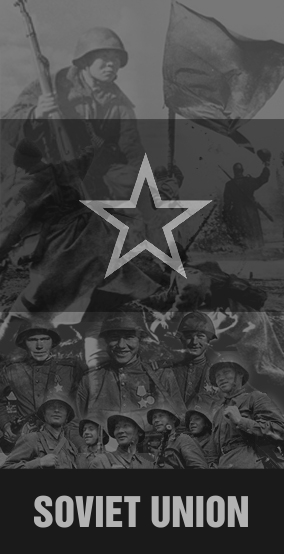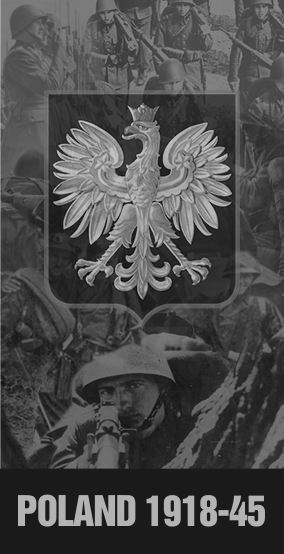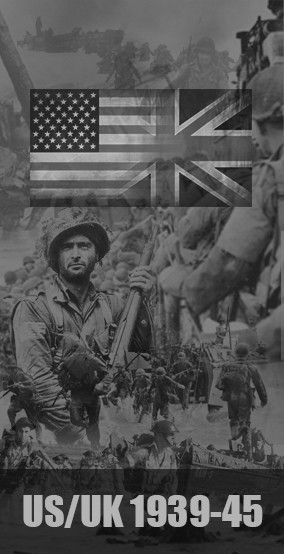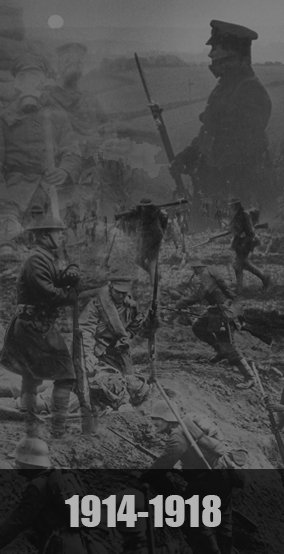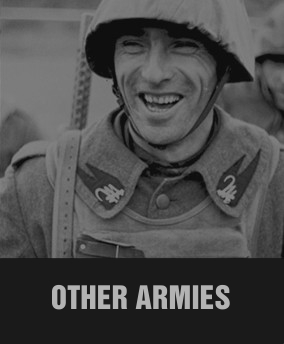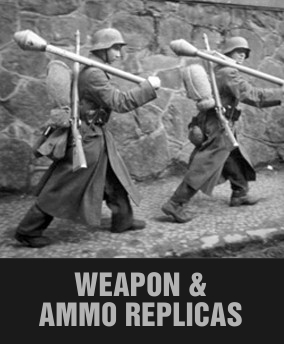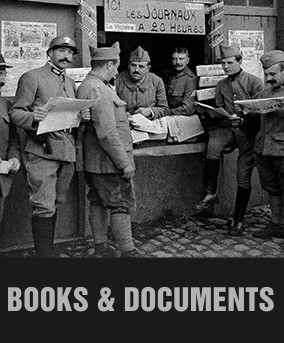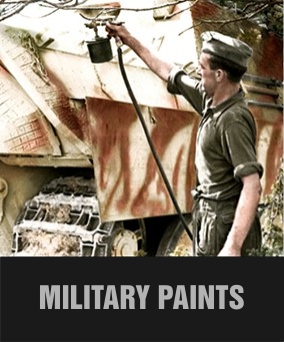A book about uniforms, insignia and equipment of Belgian army of WW1. Over 600 pages and 1650 photos. Bound in linen.
Written by: Ilse Bogaerts, Émilie Gaillard, Dominique Henrard, Pierre Lierneux, Kris Michiels, Sandrine Smets, Rob Troubleyn, Piet Veldeman and Philippe Jacquij
ISBN: 978-3-902526-75-5 (English), 978-3-902526-73-1 (French), 978-3-902526-76-2 (German), 978-3-902526-74-8 (Dutch)
Weight: 3,20 kg
Issue info: over 600 pages, bound in linen. Size: 29.5 x 26 cm.
- Book is published by Verlag Militaria, highly appreciated military history publishing house.
BOOK DESCRIPTION IN GERMAN
Im August 1914 tauchte der Name „Belgien“ schlagartig auf den Titelseiten der internationalen Zeitungen auf, als das Deutsche Reich in das neutrale Land eindrang und damit seine internationalen Verpflichtungen vergaß. Es folgte die Kriegserklärung Großbritanniens. „Poor Little Belgium“ war entstanden; gemeinsam mit Serbien erschien es als verteidigenswerte Sache und rechtfertigte den Kampf der Alliierten.
Auf militärischem Gebiet überraschte die belgische Armee die ganze Welt mit ihrem Widerstand, der stärker ausfiel als erwartet. Mit 230.000 Mann war sie klein und kämpfte während des gesamten Weltkriegs auf einem verbliebenen, teilweise überschwemmten Rest des Staatsgebiets gegen den Feind. Im Herbst 1918 ging man wieder zur Offensive über. Belgien hatte schwere Verwüstungen und Schäden erlitten. Vor diesem Hintergrund erhielt es nach dem Friedensschluss vorrangig Entschädigungen zuerkannt.
Dieser reich illustrierte Bildband umfasst 600 Seiten und mehr als 1650 Farb- und Schwarzweiß-Abbildungen. Er ist der Uniformierung und Ausrüstung der belgischen Armee und anderer, ihr verwandter bewaffneter Formationen wie der Garde Civique und der Force Publique du Congo gewidmet. Bis jetzt war die Literatur hierzu dürftig, nach hundert Jahren nur auf einige Artikel und Broschüren beschränkt.
Dieses Referenzwerk beeindruckt durch seinen Umfang und seinen Inhalt. Es stützt sich auf die Sammlungen des belgischen Musée Royal de l’Armée et d’Histoire Militaire und privater Personen. Dadurch können so viele Objekte wie möglich gezeigt werden. Wie viele Armeen kleiner Staaten stand auch die belgische im Jahr 1914 unter dem Einfluss verschiedener Großmächte. Bei der Uniformierung folgte man vor allem Frankreich, bei der Ausrüstung eher Deutschland. Der Staatshaushalt zwang zur Vereinfachung der Uniformierung. Das wirkte sich auf das Erscheinungsbild der Infanterie (Infanterie de ligne, Chasseurs à pied, Carabiniers), der Kavallerie (Guides, Lanciers, Chasseurs à cheval), der Artillerie und der Génietruppe aus. Große Unterschiede gab es innerhalb der Waffengattungen danach nicht mehr, von veralteten Kopfbedeckungen abgesehen. Mit der Ausgabe der Khaki-Uniformen an alle Soldaten fand der Wille zur Einheitlichkeit 1915 seinen logischen Abschluss. Der Schnitt der Uniform war von Großbritannien inspiriert. Einige Monate später folgte der französische Adrian-Helm. Kriegsbedingt stammte die Ausrüstung aus verschiedensten Quellen: Frankreich, Großbritannien, Italien, Russland, Argentinien oder aus den Vereinigten Staaten von Amerika. Viele dieser Gegenstände sind heute in Sammlungen rar geworden.
BOOK DESCRIPTION IN ENGLISH
In August 1914, Belgium suddenly made the newspaper headlines when Imperial Germany, forgetting its international commitments, invaded the little country, thereby violating its neutral status. Britain retaliated by declaring war. Like Serbia, “Poor Little Belgium” became a cause worth defending and gave legitimacy to the conflict that the allied nations entered into.
In military terms, the Belgian army surprised the entire world by resisting with greater vigour than expected. With their modest resources (230,000 men), the Belgian armed forces, cornered as they were in a small and partly inundated scrap of territory, succeeded in fighting off the enemy for the duration of the war, and managed to join forces with the allies in the offensive of Autumn 1918. Belgium, a victim of crippling destruction and the systematic dismantling of its industry, was accordingly afforded priority in its entitlement for compensation when the peace treaties were signed.
This volume of 600 pages (with more than 1,650 colour and black-and-white photographs) is dedicated to the uniforms and equipment used by the Belgian army and other affiliated armed forces such as the garde civique and the force publique in the Belgian Congo. The bibliographic data known to us to date on this subject is limited, representing no more than a set of articles and brochures brought together over the period of a century.
This work, unprecedented in its comprehensiveness, can therefore be considered an excellent reference tome. It is based on the extensive collections on display in the Belgian Royal Museum of the Armed Forces and of Military History. Supplementary private collections have been the source of many other objects in order to provide as much illustrative material as possible for this publication. Like many small states in 1914, the Kingdom of Belgium had an army that absorbed and blended influences from the major powers, drawing inspiration from both France (uniforms) and Germany (equipment). Budgetary necessity meant that uniforms had to be simplified for the infantry (line infantry, chasseurs à pied, carabiniers, etc.), the cavalry (guides, lancers, chasseurs à cheval, etc.), the artillery and the engineering corps, leaving very few distinctive features - except some extremely outdated forms of headdress - to distinguish between the different arms. When stocks ran out, this striving to achieve uniformity culminated in the issuance of khaki uniforms in 1915. They were cut to a common pattern inspired by British styling. A new headdress, the French Adrian helmet, was introduced shortly afterwards. The circumstances of this war meant that the provenance of the basic materials and equipment was diverse, with France, Great Britain, Italy, Russia, Argentina and the United States supplying material for objects that have now become scarce in existing collections.
BOOK DESCRIPTION IN DUTCH
België: in augustus 1914 haalt de naam plots alle krantenkoppen. Het Duitse keizerrijk heeft de internationale afspraken immers naast zich neergelegd en is een neutraal land binnengevallen. De Britse oorlogsverklaring blijft dan ook niet uit. “Poor little Belgium” dient, samen met Servië, te worden verdedigd, waardoor de strijd van de geallieerde landen meteen legitiem wordt.
Op het militaire vlak weet het Belgische leger iedereen te verwonderen door zijn weerstand, die veel sterker is dan verwacht. Hoewel de strijdmacht over een eerder beperkt aantal manschappen beschikt (230.000), slaagt ze erin de vijand de hele oorlog lang van op een stukje deels overstroomd grondgebied het hoofd te bieden én in de herfst van 1918 een nieuw offensief te lanceren. In deze context verkrijgt België, als slachtoffer van omvangrijke verwoestingen en systematische industriële ontmanteling, bij de opmaak van de vredesverdragen prioritair compensaties.
Dit boek van zo’n 600 pagina’s en met meer dan 1.650 foto’s (zowel in zwart-wit als in kleur) is gewijd aan de uniformen en de uitrustingen van het Belgische leger en verwante gewapende instellingen zoals de burgerwacht en de Openbare Weermacht in Congo. De bibliografie over dit onderwerp was tot nog toe heel beperkt, met slechts enkele artikels en brochures.
Het werk is ongezien door zijn omvang en mag dus als een referentie gelden. Het steunt op de immense verzameling van het Belgische Koninklijk Museum van het Leger en de Krijgsgeschiedenis, aangevuld door enkele privécollecties, waardoor een zo groot mogelijk aantal objecten kon worden geïllustreerd. Zoals vele legers van kleine staten volgt het Belgische silhouet anno 1914 de grote mogendheden: Frankrijk voor de uniformen en Duitsland voor de uitrustingen. Uit budgettaire overwegingen wordt het silhouet van de infanteristen (linie-infanterie, jagers te voet, karabiniers,…) en van de cavaleristen (gidsen, lansiers, jagers te paard,…), artilleristen of genie vereenvoudigd. De wapens onderscheiden zich nog enkel door een karakteristiek, zij het voorbijgestreefd, hoofddeksel. Deze zin voor eenvormigheid loopt in 1915 uit op de kaki tenue, met één enkele snit naar Engels model voor iedereen en de Franse Adrian-helm. Door de oorlogsomstandigheden komen de materialen en de uitrustingen van zowat overal: Frankrijk, Groot-Brittannië, Italië, Rusland, Argentinië of de Verenigde Staten. Vandaag zijn al deze objecten uiterst zeldzaam geworden.
BOOK DESCRIPTION IN FRENCH
Belgique : le nom émergea brusquement des unes des journaux en août 1914 lorsque l’empire allemand, oubliant ses engagements internationaux, envahit ce petit pays neutre. De ce geste découla la déclaration de guerre britannique. « Poor little Belgium » devint, avec la Serbie, une cause à défendre, et donna une légitimité au combat des nations alliées.
Sur le plan militaire, l’armée belge surprit tout le monde par sa résistance, bien plus forte qu’attendue. Si elle était modeste par ses effectifs (230.000 hommes), elle s’opposa à l’ennemi durant toute la guerre, acculée sur un lambeau du territoire partiellement inondé, et repartit à l’offensive à l’automne 1918. Dans ce contexte, la Belgique, victime de destructions importantes et du démantèlement systématique de son industrie, reçut prioritairement des compensations au moment de la signature des traités de paix.
Ce volume de 600 pages et plus de 1.650 photographies en couleurs et noir et blanc, est consacré aux uniformes et équipements de l’armée belge et d’autres institutions armées qui lui étaient apparentées, comme la garde civique et la Force publique du Congo. La bibliographie connue à ce sujet a jusqu’à présent été très réduite, limitée en un siècle à quelques articles et brochures.
Ce travail est inédit par son ampleur et peut donc prétendre servir de référence. Il s’appuie sur les immenses collections du Musée royal de l’Armée et d’Histoire militaire de Belgique, complétées par des collections particulières, de manière à illustrer le plus grand nombre possible d’objets. Comme beaucoup d’armées de petits états, celle du royaume de Belgique marie en 1914 les influences des grandes puissances, s’inspirant tantôt de la France (uniformes), tantôt de l’Allemagne (équipements). Fruit d’efforts budgétaires, la silhouette des fantassins (infanterie de ligne, chasseurs à pied, carabiniers,...), comme celle des cavaliers (guides, lanciers, chasseurs à cheval,…), des artilleurs ou du génie avait été simplifiée, et ne se différenciait déjà plus guère, au niveau de chaque arme, que par une coiffure au caractère fort désuet. Cette volonté d’uniformisation trouva sa conclusion logique lorsque, dépourvus de tout, les hommes furent dotés en 1915 de la tenue kaki, d’une coupe unique et d’inspiration anglaise, puis coiffée quelques mois plus tard du casque Adrian français. Les circonstances de la guerre ont néanmoins multiplié la provenance des matières premières et des équipements, venant de France, de Grande-Bretagne, d’Italie, de Russie, d’Argentine ou des États-Unis… autant d’objets devenus rares dans les collections.



